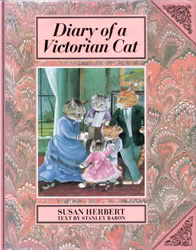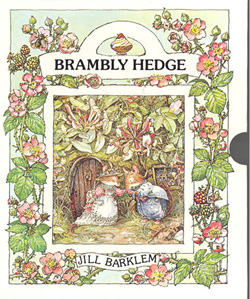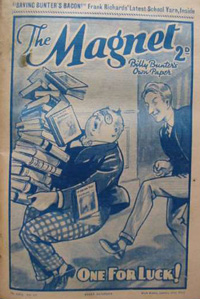Victorian (and earlier) Duck Decoys
What is a Duck Decoy? I thought it was a wooden or plastic duck used to entice wildfowl so they can be shot - yes, that's what they are today, but in Victorian times they were something very different. The Duck Decoys that are the subject of Payne-Gallwey’s book were very large traps covering several acres and during a season from December to March they were capable of taking 5,000 or more birds!
The word Decoy derives from the Dutch 'endekooy' or 'Duck Cage' and this provides an excellent idea of how the Decoy worked. The early and simplest Decoys were tunnels or cages into which the ducks were attracted by food and then trapped by dropping a 'door' to close the entrance. By the end of the eighteenth century and in the early nineteenth century, probably the peak of Decoy usage, they were very much larger and sophisticated devices. Most owners at the time kept the details of their Decoys a closely guarded secret and, in some cases, went to great lengths to keep them hidden from the public by, for example, building a huge moat.





















